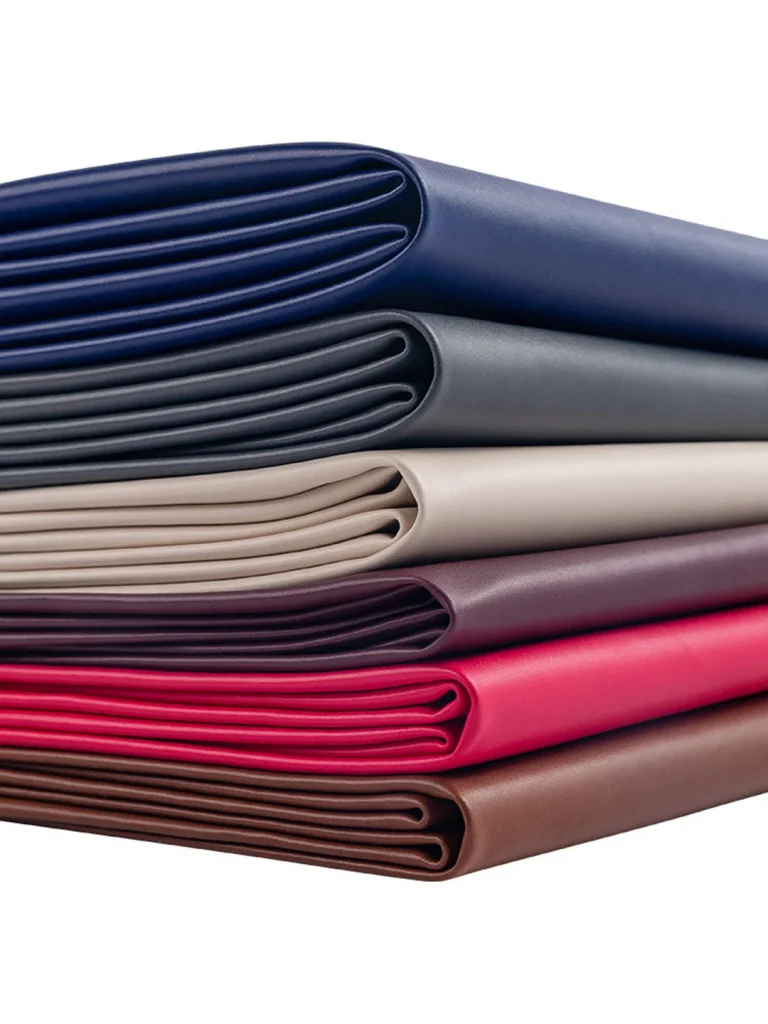Artificial leather, also known as faux leather or synthetic leather, has increasingly become a popular choice among manufacturers and consumers alike. Its sustainable nature, cost-efficiency, and versatility have made it a preferred alternative to real leather. Among the various components that contribute to the production of high-quality artificial leather, Epoxidized Soybean Oil (ESO) stands out for its unique properties and benefits. In this article, we’ll delve deep into the role of ESO in the manufacturing of artificial leather and understand its myriad applications.
1. Introduction to Epoxidized Soybean Oil (ESO)
Epoxidized Soybean Oil (ESO) is a unique product derived from a specific process. Originating from soybean oil, it undergoes an epoxidation transformation which enhances its properties. Notably, ESO serves as an effective plasticizer and stabilizer, particularly in polyvinyl chloride (PVC) plastics and various other polymers. Moreover, its eco-friendly attributes set it apart from conventional plasticizers. Furthermore, its superior thermal stability ensures that the polymers retain their desired characteristics even under extreme conditions. Additionally, another remarkable feature of ESO is its non-toxicity. Consequently, given these advantages, Epoxidized Soybean Oil emerges as an ideal choice for a multitude of applications. In light of these facts, it is evident that the integration and implementation of ESO can significantly benefit industries seeking sustainable and efficient alternatives.
2. The Role of ESO in Artificial Leather Production
- 2.1 Plasticizer:
Artificial leather primarily uses PVC or polyurethane (PU) as the base material. ESO, when added to these polymers, imparts flexibility, making the final product soft and pliable, much like real leather. It also reduces the brittleness of the polymer, ensuring the artificial leather can withstand wear and tear. - 2.2 Thermal Stability:
ESO is known for its superior thermal stability. When incorporated in artificial leather, it aids in resisting degradation at high temperatures. This ensures that the faux leather products do not warp or become damaged when exposed to heat. - 2.3 UV Resistance:
Artificial leather products often fade or degrade upon prolonged exposure to sunlight. ESO helps in offering UV resistance, ensuring the longevity and durability of the product color and structure. - 2.4 Eco-friendly:
As an environmentally friendly plasticizer, Epoxidized Soybean Oil reduces the carbon footprint of artificial leather production. Its biodegradable nature ensures minimal environmental impact, promoting sustainable practices in the industry.
3. Advantages of Using ESO in Artificial Leather Production
- 3.1 Enhanced Product Quality:
With its plasticizing properties, ESO ensures that the artificial leather remains soft yet durable. This gives the final product a more natural leather-like feel and appearance. - 3.2 Cost-Efficiency:
Soybean oil is a renewable resource, making Epoxidized Soybean Oil an economical choice compared to petroleum-based plasticizers. - 3.3 Non-Toxicity:
ESO is considered a non-toxic and safe option. This ensures that the artificial leather products are safe for human contact, reducing potential health risks.
The rising demand for sustainable and eco-friendly products has bolstered the use of Epoxidized Soybean Oil in artificial leather manufacturing. Brands are actively seeking out greener alternatives to traditional materials, giving ESO a pivotal role in the future of faux leather.
5. Conclusion
In the ever-evolving landscape of artificial leather production, Epoxidized Soybean Oil emerges as a critical component, ensuring product quality, durability, and sustainability. As the industry continues to expand, ESO’s applications and benefits will undoubtedly make it a cornerstone in the production of high-quality artificial leather.

